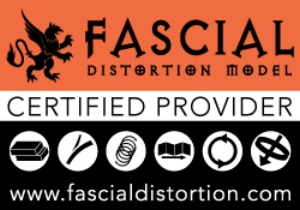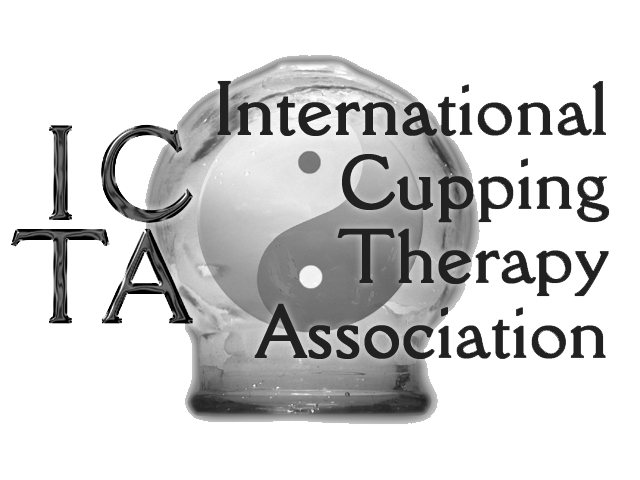I incorporate a variety of massage techniques to optimize the healing process and assist you with your bodywork goals. My speciality is in sports massage and injury prevention
Proprioceptive Deep Tendon Reflex:
(P-DTR) is a neurological therapy that finds and resets abnormal neurologic receptors around the body. These abdnormal receptors will often cause pain and dysfunctional movement patterns. For more information please go to www.PDTR-global.com
NeuroKinetic Therapy:
NeuroKinetic Therapy® (NKT) corrective movement system is based on the premise that when an injury has occurred, certain muscles shut down or become inhibited, forcing other muscles to become overworked. By applying light pressure that the client then resists, the practitioner can evaluate the strength or weakness of each muscle, revealing the sources of injury and retraining the client’s body to remove the compensation patterns. For more information please go to www.neurokinetictherapy.com
Active Release Technique:
(ART) is a series of hands on techniques that treat injuries to soft tissue. This technique will reduce pain and restore function by treating the underlying causes of overuse injuries such as muscle imbalances and adhesions. For more info please go to www.activerelease.com
Fascial Distortion Model:
(FDM) is the specific manipulation of connective tissue intended to create space for the underlying structures to move freely. The technique is comprised of one or more of the six specific pathological alterations of the body’s connecting tissues. For more information please go to www.fascialdistortion.com
Massage Cupping:
This technique uses negative pressure to create space within the layers of fascia also known as connective tissue. This technique will also bring cellular debris to the surface of your skin which will often give the appearance of a bruise but does not hurt like a bruise. For more information please go to www.cuppingtherapy.org
Deep Tissue Massage:
This technique focuses on relaxation and stress reduction. It relieves tension in the deep layers of tissue and relieves chronic stress areas due to misalignment, repetitive motions and past lingering injuries.
Trigger Point Therapy:
This technique stimulates and releases areas of tension that refer pain to other parts of the body. The recipient will actively participate through deep breathing as well as identify the exact location and intensity of discomfort
Kinesiology Tape:
Proper application of kinesiology tape can relieve pain, reduce swelling and inflammation, and help manage muscle spasm and cramping. The tape helps to increase blood flow to the area and assist with the healing process. For more information please go to www.rocktape.com














